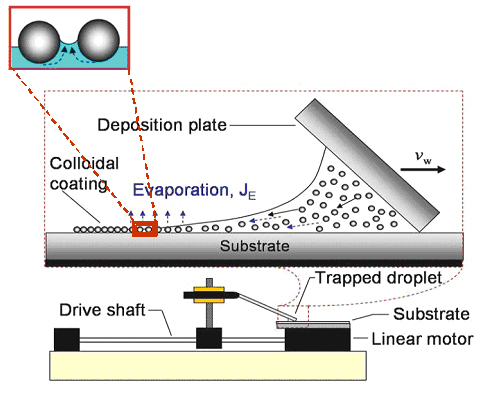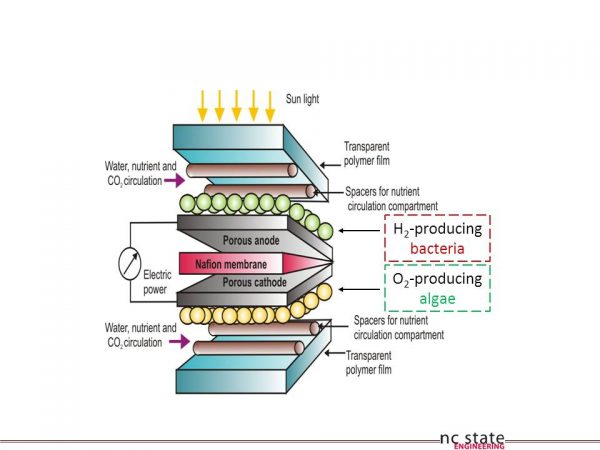Jessica Jenkins
| PhD, Chemical Engineering, 2012 North Carolina State University M.S., Chemical Engineering, 2009 North Carolina State University B.S., Chemical Engineering, 2007 Minor in Environmental Science Lafayette College, Easton, Pennsylvania |  |
Research Focus: Multifunctional Living Paints: Composite Blends of Latex Polymer Particles and Live Cells Coated by Convective Assembly Deposition
We hypothesize that monolayer coatings of live cells and polymer particles will overcome the limitations of cell immobilization by thicker composite coatings or hydrogel matrices by offering improved cell stability, increased reactivity and adhesion, curtailed mechanical degradation, and minimized diffusion resistance to light and nutrients when rehydrated. These facets give biological composite coatings promising utility as multifunctional living paints with diverse environmental and energy applications, namely self-cleaning surfaces and photobiological hydrogen generators, while significantly expanding the use of microbes in biosensors and anticorrosive coatings.
To realize these applications, we must first understand and subsequently control the convective assembly of bimodal systems. We are currently modifying our convective assembly method, which allows for controlled assembly of bimodal coatings of tailored thickness and packing density [shown below], to create larger coatings than those previously deposited from blends of polymer particles and live cells. This modification will increase the efficiency of our targeted applications by creating a larger self-cleaning or reactive surface, depending on the coating components. Also, since the thin (one to possibly two layers thick) nature of our coatings limits the utility of existing methods for coating characterization, we are also developing more sensitive analytical methods for understanding cell response to coating formation, drying conditions, and pore structure and assessing cell viability and reactivity after coating rehydration. Finally, because existing models for particle assembly on a surface only describe mono dispersed systems, we will model the various body interactions that govern bimodal convective assembly for bimodal blends of latex polymer particles and Saccharomyces cerevisiae or Chlamydomonas reinhardtii cells to explain simultaneous particle and cell deposition on a surface. No models describing C. reinhardtii and latex polymer interactions are present in the coating literature.

Figure 1: Coating apparatus for creating coatings with tailored appearance (coating components, packing fraction, and thickness) via convective assembly

